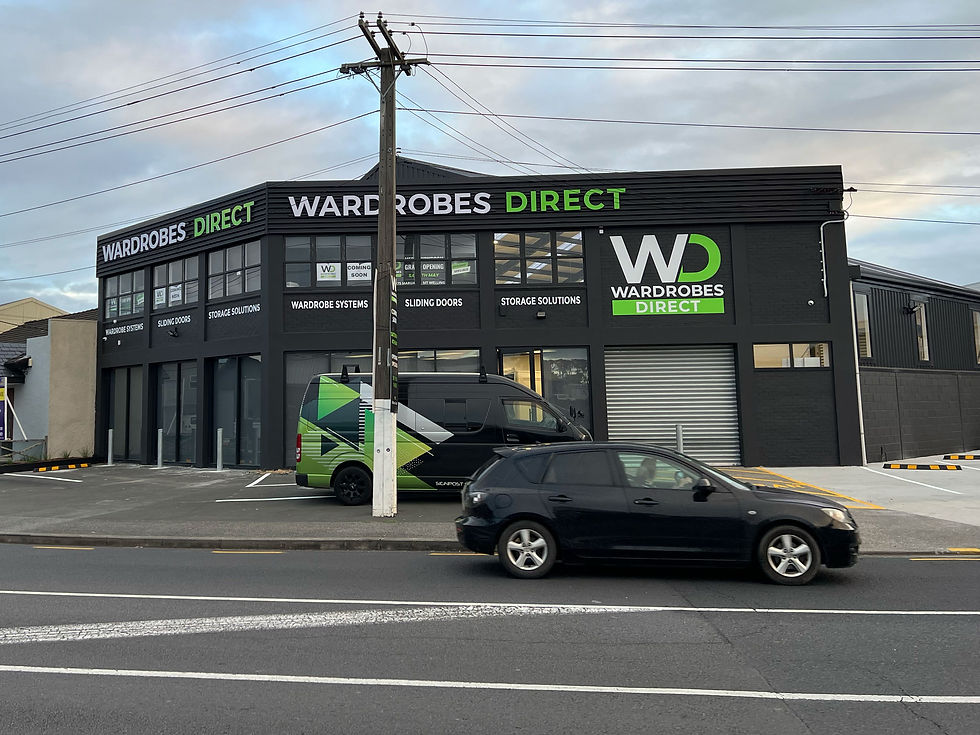top of page


Frequently Asked Questions
-
What materials do you use?At our company, we pride ourselves on utilising a diverse range of materials such as ACM, acrylic, and vinyl to create signage tailored to your specific needs, whether for internal displays, exterior signage, or vehicle graphics. Each material offers unique benefits, ensuring that your signage not only looks great but also stands up to its intended environment. We invite you to visit our factory, where our friendly staff can help you explore the best options for your project. We’re here to make the process easy and enjoyable, ensuring you leave with a solution that perfectly fits your vision!
-
Can you install signage?Yes, we can travel nationwide for all signage installation! This includes vehicle wraps, building signage, window frosting and more!
-
What is the best file format?With all of the image options and file formats out there, it can be a little overwhelming when you are choosing what file type to use. Compatibility is always a concern when you are working with different file types, but when it comes to graphics and images the type of computer graphic format you use is essential to how the image renders. There are two types of digital graphics files – vector and raster. Vector images are made of lines and curves (or paths) to create an image. Raster images are composed of pixels. But how do you know what format is best? VECTOR FILES: Vector images, which are made of thin lines and curves known as paths, are rooted in mathematical theory. You may be able to identify a vector image by looking at its edges — a vector image will always appear smooth no matter how large you make it or how close you zoom in. Text is one of the most common types of vector image. No matter how much you increase a font’s size, for example, its look never changes. The most common problem with using vector images is compatibility. Vector images are often saved as native files from the program used to create the image (such as Adobe Illustrator), which may not be available to you to open the file. As designers, we prefer this file type when we are creating signage, logos, business cards + more. File types include: .Ai (Adobe Illustrator), .eps (Encapsulated PostScript), .svf (Simple Vector Format).
-
Do you offer a print only service?Yes we do! Please email your files through in a high-quality print ready format along with the job details and we can supply the print for you.
-
What is CMYK?This colour scheme is a subtractive type mode that combines the colours CMYK (cyan, magenta, yellow and black) in various amounts which creates a variety of different colours. A printing machine creates images by combining these colours with physical ink. The way a printer works is by starting with white paper, and then applying single consecutive layers each colour one by one until the desired colour is achieved. Each colour is applied with a different printing plate, meaning that CMYK printers have four different plates, each with its own pigment. These pigments are printed onto paper in tiny dots. So if you were to take a magnifying glass to these images you would see the main image is just a bunch of tiny dots spread out. Looking at the image as a whole, makes it appear to be the colours we intended them to be. Used when physically branding is required (think business cards) Marketing materials like posters, billboards, flyers etc. Used in cloth branding like t-shirts etc.
-
Do you do Safety Signs?We do a wide range of safety signs and have hundreds of styles on file. We can also do a custom safety sign for your business.

bottom of page